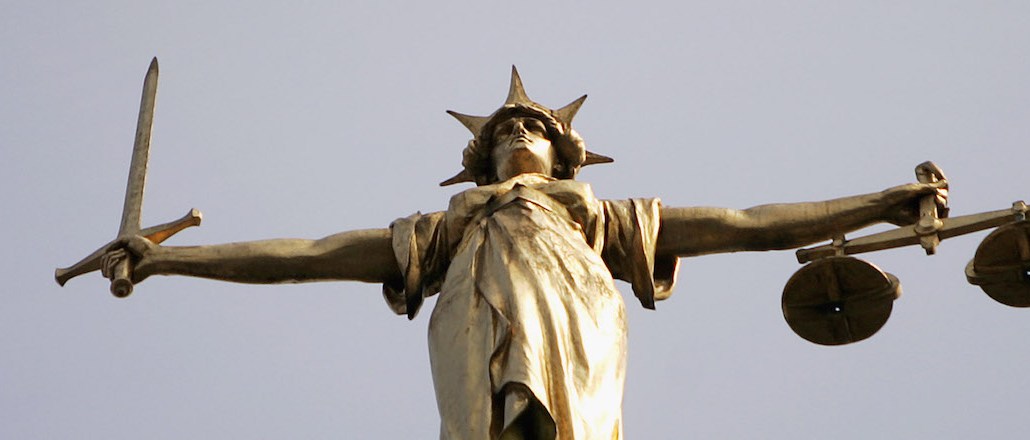
This week food manufacturer General Mills, which makes cereals like Lucky Charms and Cheerios, set a bold ambition for agencies it works with to hit specific diversity quotas.
General Mills CMO Ann Simonds told Ad Age that the food giant will only accept pitches from agencies with at least 50 percent women and 20 percent people of color within their creative departments.
Days later, Hewlett Packard followed suit, with chief marketing officer Antonio Lucio penning a letter stating similar expectations. In it, he wrote, “We are more likely to create solutions that amaze our customers if our workforce represents the communities we serve.”
A paltry 11.5 percent of agency creative directors are female, according to a well-traveled statistic first released by the 3% Conference. And ugly headlines concerning agency sexual discrimination and harassment over the summer only serve to underscore the issue today.
Several agencies welcome the move, though others aren’t convinced it’ll work. Here’s why:
Quotas make diversity a numbers game
For starters, true diversity is about more than just gender and race: Ensuring half the room is made up of females, and half male, won’t necessarily lead to a better service and product for the client, say some executives.
“What if half the team are women who are all white and went to Oxford or Cambridge or Ivy League schools? Is that better than having 30-40 percent women, but the whole base coming from a real mix of places?” asked OgilvyOne CEO Jo Coombs. “Some may have a university degree, others may have dropped out early from school. You can find creativity anywhere.”
Women also don’t want to be picked to be part of teams, simply to make up the numbers, but because they’ve earned their place, or are a right fit for a particular client’s brief, she added.
Quotas don’t address the problem at its root
Agencies need to transform the way they recruit to attract more diverse talent and break the cycle of recruiting “lookalikes,” according to Dentsu Aegis Network U.K. CEO Tracy de Groose. “Having a clear target to work toward is important; however, imposing quotas are not the solution itself,” she said. But they can be used to get the wheels in motion for making positive change, she added.
“Agencies need to understand why talented women do not make it into the top jobs or why people of color are less representative in general, and put a strategy in place to break down any barriers to change.”
Equal representation doesn’t mean equality
“This approach to set targets is a bit disappointing,” said Coombs. “I don’t only put female creative teams on female products, and I never would. It’s about having the right person for the job. It’s like saying men can’t create ads for Tampax, or a slightly older person can’t come up with something to target youth, or a straight man can’t do something that would appeal to an LGBT audience.”
‘An important signal’
Susan Gianinno, chairman, Publicis Worldwide North America, said it’s a “bold” first move and one which will help spur other clients to follow suit. “I applaud the action, even if it won’t solve the entire problem,” she said. “It’s an important signal and will force behavior change that simply has not happened.” Ensuring creative teams can meet diversity quotas like those set out by General Mills won’t necessarily be easy, but she believes the gesture could push more positive change, and that would outweigh the potential challenges.
“There is high potential to get needed behavior change and not just empty promises. This is also good because it is a self-governing idea, rather than clients doing it because they have to. Voluntary, self-governing behavior changes carry weight,” she added.
Matching any quotas set out by brands may not be easy to pull off, but Fern Miller, chief marketing officer, International at DigitasLBi, believes it’s worth it. “Even if it is hard for agencies to pull off, that’s a welcome wake-up call for the industry,” she said.
More in Marketing

How the MAHA movement influenced food and beverage brands in 2025
The MAHA movement has come to stand for different things in different people’s eyes, depending on which initiatives they most closely follow.

Why Georgia-Pacific is turning its programmatic scrutinty to the sell side
The company is turning its attention to the sell side, zeroing in on the ad tech firms that move inventory for publishers — the supply-side platforms.

Future of Marketing Briefing: Why ‘just good enough’ is generative AI’s real threat to marketers
When characters and mascots are allowed to live inside generative systems, they stop being event-based and start becoming environmental.





